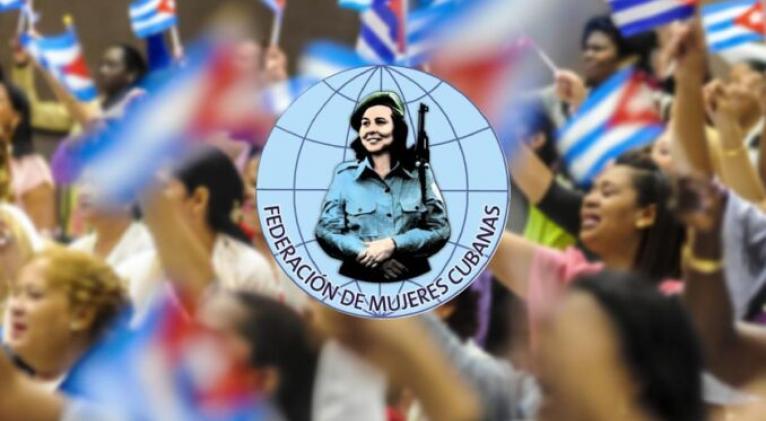Women: Creative Force of the Cuban Revolution
especiales

Renewal, steadfastness, resilience, and creativity must today, more than ever, guide the work of the Federation of Cuban Women (FMC), founded on August 23, 1960, at the express will of Cuban women and inspired by Commander in Chief Fidel Castro Ruz.
At the founding ceremony, Fidel described the new organization as “a force, an enthusiastic force, a numerous force, a great force and a decisive force for our Revolution”. Over more than six decades of revolutionary activism, mobilization, and representation, the FMC has elevated the role of Cuban women in society and in the country’s socialist model.
The FMC was created by Vilma Espín Guillois, heroine of the Sierra and the plains, who served as its president until her death on June 18, 2007. From the outset, the federation sought equality and emancipation for Cuban women, becoming a decisive instrument in the fulfillment of the nation’s most important goals.
Today the FMC counts more than four million members and plays a central role in developing policies and programs to ensure the full exercise of women’s rights in all areas of society. Its work has been possible through coordination with ministries, state entities, and non-governmental organizations, both national and international, that address the needs and perspectives of women.
Ongoing Struggle for Inclusion
Despite severe economic and material challenges, the FMC continues to fight for the full inclusion of women in every sphere of Cuba’s revolutionary process. Cuban women today represent a high percentage of the workforce in science, education, health, and across the economy, including emerging forms of management. They also contribute as internationalist collaborators, ready to share their expertise abroad.
Women are indispensable, having shown that economic sustainability, modernization of the socialist model, and resilience in the face of the long-standing U.S. embargo cannot be achieved without their knowledge, innovation, and creativity. Currently, more than 60 percent of university graduates are women, and since the triumph of the Revolution they have received equal pay for equal work.
Their role in politics has also expanded. A total of 322 women sit in the National Assembly of People’s Power, making up 55.7 percent of deputies, which places Cuba as the second country in the world with the highest proportion of women in parliament. Women also hold 10 of the 21 seats on the Council of State and account for 52 percent of leadership positions in state and government institutions. They are equally present in national defense and in productive work in both agriculture and industry.
Challenges Ahead for the FMC
The 11th Congress of the FMC, held on March 7–8, 2024 under the slogan “Cuban women, victors of the impossible”, outlined key challenges for the future:
-
Strengthening the National Program for the Advancement of Women as a state agenda.
-
Closing gender gaps through public policies informed by the Cuban Gender Equality Observatory, with technical support from ECLAC, UNDP, and UNFPA.
-
Continuously improving the comprehensive strategy to prevent and address gender and domestic violence, with integrated responses to discrimination and apathy.
-
Revitalizing grassroots structures to encourage greater participation of members.
-
Reinforcing ethical values and principles, engaging young women creatively to ensure continuity, and addressing pressing social issues.
-
Creating employment opportunities that foster women’s economic empowerment, and implementing the National System for Comprehensive Care, which places caregiving at the center of a sustainable and socially just development model.
“In the hands of every leader of the Federation of Cuban Women, in every member who rises with determination against adversaries and difficulties, lies another victory for our homeland,” declared the congress’s final statement, underscoring the continuity and future success of the organization.














Add new comment